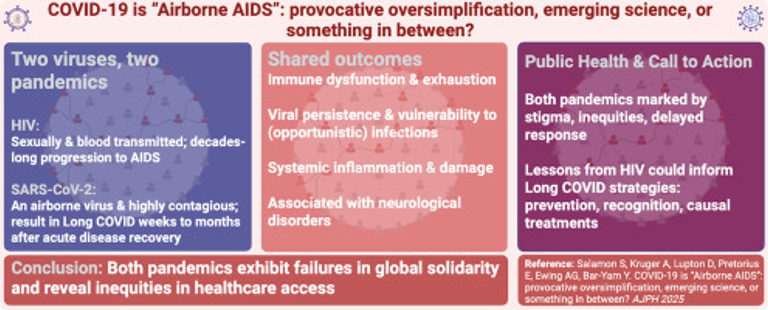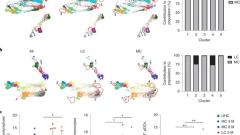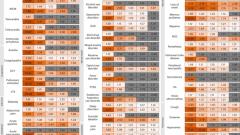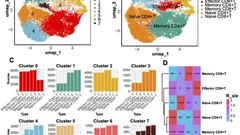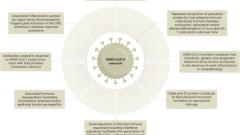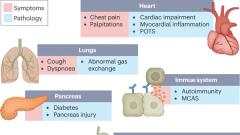HIGHLIGHTS
•HIV/AIDS and COVID-19 are preventable infectious diseases with chronic systemic impacts including immune system dysfunction.
•Chronic inflammation, immune exhaustion, and accelerated biological aging are shared hallmarks of HIVI/AIDS and Long COVID/PASC.
•Tissue reservoir persistence drives long-term damage in both HIV and SARS-CoV-2. SARS-CoV-2 mirrors HIV-1 in its ability to evade immune defenses and cause chronic infection.
•SARS-CoV-2 -associated neurological disorders (SAND) parallel HIV-associated neurological disorders (HAND).
•Both pandemics exhibit failures in global solidarity and reveal inequities in healthcare access.
ABSTRACT
Immune dysfunction and systemic effects in HIV and SARS-CoV-2 infections are distinct, but share relevant similarities and downstream consequences. We compare and contrast observations of the immunological impacts of COVID-19 and HIV infections. By examining shared and distinct mechanisms, such as immune dysfunction, vulnerability to opportunistic infections, accelerated aging and neurocognitive disorders, we highlight critical parallels and their implications. We review the extensive scientific evidence showing that SARS-CoV-2 infections result in immune cell depletion, dysfunction, and exhaustion, with impacts on several immune system cell types. Higher rates of individual susceptibility to infections lead to population-wide increases in diverse infectious diseases, including those that are signatures of immunodeficiency. Finally, we characterize societal responses to both pandemics, providing insights into public health strategies and lessons for improving current and future research, treatment, preparedness and mitigation efforts.
